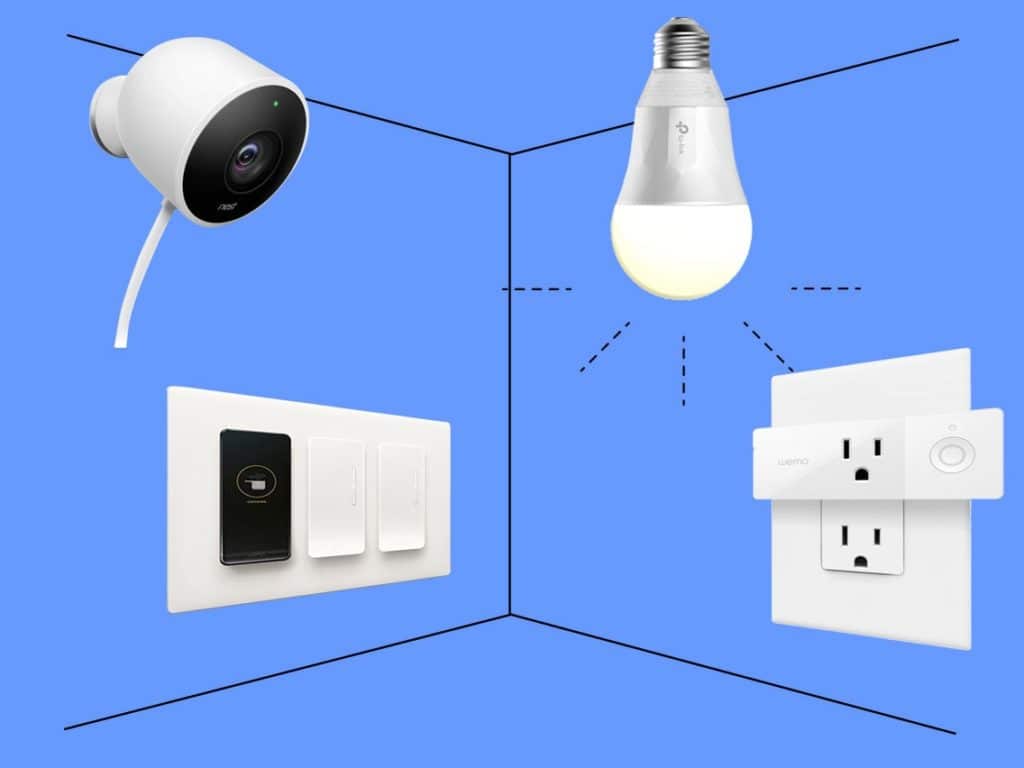Utility costs often take a large portion of every homeowner’s finances. Most appliances tend to run up energy bills, especially during summer. This is especially true for air conditioning units that are notorious power hogs in terms of energy consumption. Homeowners even hire AC repair services to enhance performance and prevent the unit to work overly hard, leading to costly electric bills.
Today, people are turning to technology for energy-efficient solutions for their homes. Smart home appliances made this possible to enhance home living. Although smart homes used to be a form of luxury, they are now becoming a huge necessity for homeowners who want to make the most of their living spaces.
Unfortunately, many people are still hesitant to join the smart home bandwagon because of the expenses involved. What they’re not aware of is that smart homes offer great investments that can make a difference in their future electricity bills. To shed light on the smart home industry, we’ll discuss what it means to have a smart home system and how it will affect your life as an average homeowner.
What is a smart home?
A smart home is a convenient home setup where devices and appliances are controlled remotely and automatically while using a networked device connected to the Internet. It uses a smart home system that links all electronic appliances to automate certain tasks. Smart home devices are connected through a network to allow the user to access and control different functions, such as temperature, lighting, security access, and home theater.
There are no specific criteria for creating a smart home. By simply installing a few smart devices around the house would consider your living space as a smart home. Basically, you can make your home into a smart home depending on how you want it and the type of appliances you want to install.
How does it work?
As mentioned earlier, smart home devices have to be connected together, which you can access using a gadget, whether it’s a smartphone, laptop, game console, or tablet. For example, a user can control a wide range of electronic appliances using a central automation system.
These appliances may vary from entertainment systems, home monitors, lights, cameras, door locks, and refrigerators. The system needs to be installed on a networked device to allow the user to set timers or schedules to reduce energy use. They are also known for their self-learning ability, where the system acquaints itself to the user’s frequency of use and allows adjustments as required.
Interconnected smart devices are a part of the Internet of things (IoT) technology. When connected, smart devices, such as the security system, smart appliances, and doorbell establish a network that can collect and share digital information.
Smart light systems have lighting control to minimize power use and maximize their energy-saving benefits. Smart security systems notify the user through a smartphone alert if it detects any movement while the homeowner is away, while other devices contact authorities, such as the police or firefighters in times of unexpected incidents.
Smart devices can be hard-wired, wireless, or both. Generally, wireless systems are easy to install and cost-efficient. Meanwhile, hard-wired devices are more reliable and tough to bypass. In fact, a hard-wired system can significantly increase a home’s resale value. The only drawback is they’re relatively costly than wireless systems.
What should I expect on smart home systems?
Most people assume that installing smart home systems is just a nifty way to show off to the neighbors or keep up with the latest technology. While this may be true, smart home systems offer practical advantages beyond home automation.
Smart home systems boast of their large convenience factor. Managing your home appliance using one device is a huge step for home management. All you need to do is install the application on a device, and you can easily access multiple appliances and functions around the house. They also come with improved functionality than the traditional home appliance. They’re packed with advanced features to make your life enjoyable and easier.
Smart appliances are also known for their energy efficiency. Although they’re generally expensive, these appliances offer greater returns in terms of energy usage and utility bills. For instance, a programmable thermostat allows the user to control the cooling and heating appliances depending on your preferred temperature and schedule. They also turn off automatically when no one is inside the room.
As we enter the golden age of technology, it makes sense to take advantage of these developments to make our lives efficient, productive, and comfortable. While consumers gain a newfound interest in smart home technology, we’re expecting tech companies to introduce more innovations to accommodate our digital needs.
Meta title: Smart Homes: Making the Most of Your Living Space
Meta desc: Smart home devices offer a modern twist to home living by making it convenient, flexible, and energy-efficient. Discover why you should jump on the smart home bandwagon.

